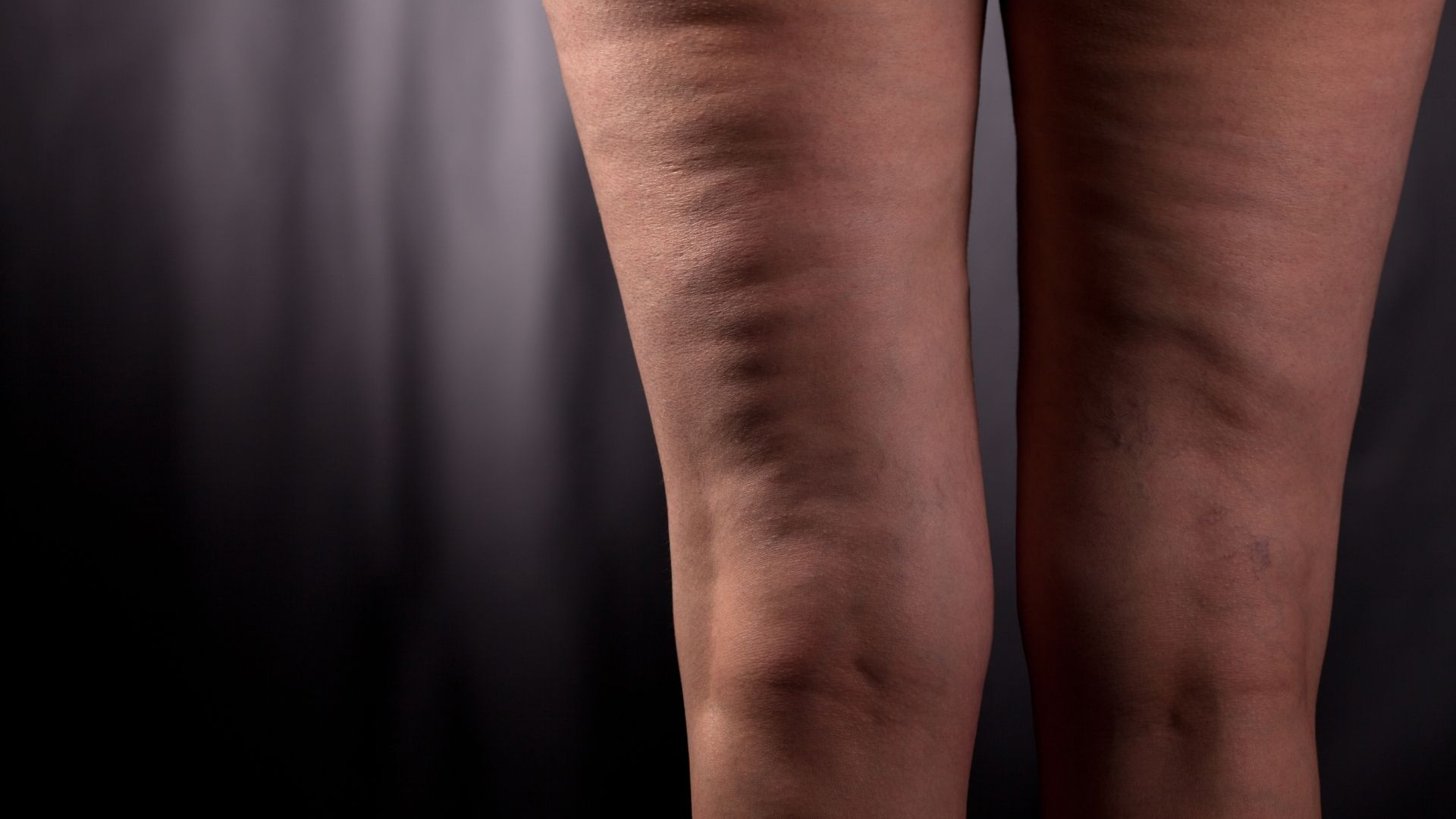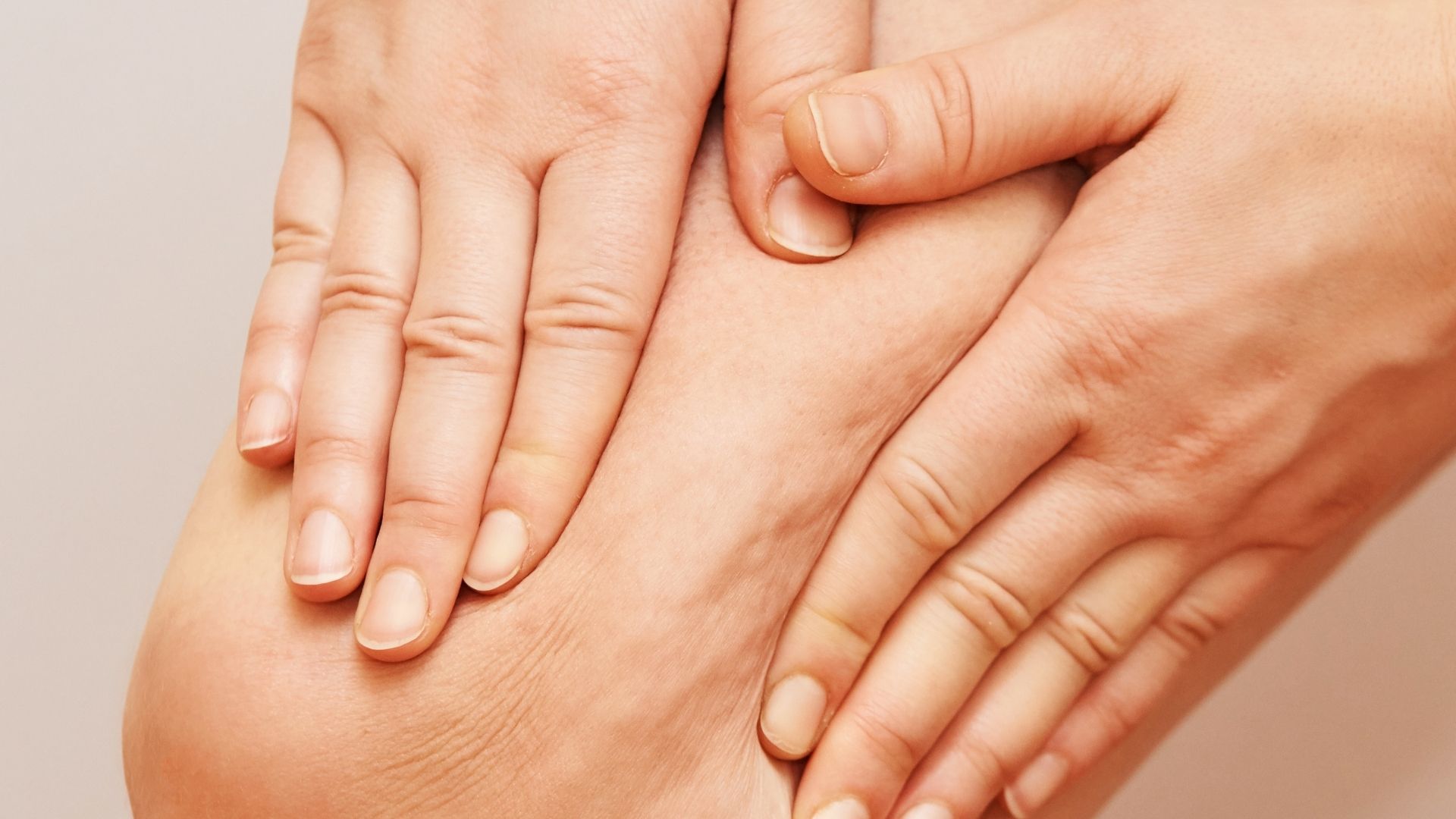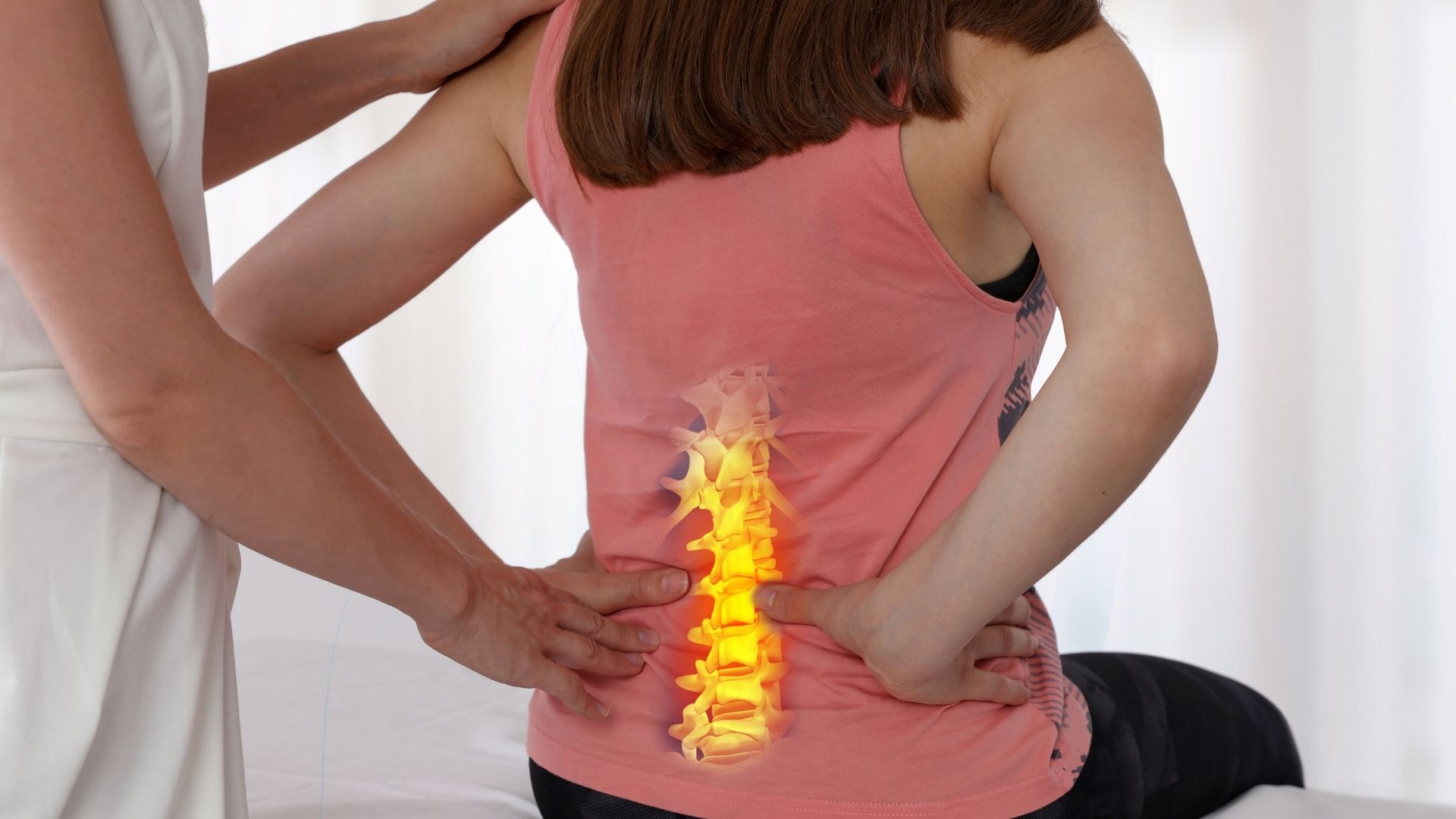What is Cellulite?
Cellulite is a term that refers to the formation of bumps and dimples in the skin caused by fat cells protruding between the layers of the skin. It often has an orange peel-like appearance and is a common skin problem affecting 80 to 90% of women. Cellulite is a condition that can affect both men and women, but it is more common and prominent in women due to anatomical differences.
Causes of Cellulite
Although the exact causes of cellulite are not fully known, it is thought to be caused by the interaction between the connective tissue beneath the skin surface and the fat layer underneath. Cellulite is more common in women because the connective tissue bands that run vertically in women are diagonal in men and there are different distributions between fat cells. In addition, there are some factors that cause cellulite development.
Hormones such as estrogen, insulin, noradrenaline, thyroid hormones and prolactin are thought to play a role in cellulite formation. Decreased estrogen levels in menopausal women can lead to decreased blood flow to the connective tissue under the skin, which may favor cellulite formation.
Genetic factors can also affect the development of cellulite. A person’s metabolic rate, subcutaneous distribution of fat and circulation levels may vary depending on genetic factors.
Cellulite can become more prominent with age as a result of the skin losing elasticity, thinning and sagging. This can cause the fat layers to release and cellulite to become more prominent.
How to Prevent Cellulite?
Although it is not possible to completely prevent cellulite, healthy living habits can slow or reduce the development of cellulite. Exercising regularly and following a healthy diet can help reduce the appearance of cellulite. You can help prevent the development of cellulite by limiting excess fat, carbohydrate and salt consumption and increasing fiber intake. Smoking and prolonged sedentary sitting can also contribute to cellulite formation.
Cellulite Symptoms
Cellulite forms rough orange peel-like texture in certain parts of the body. Symptoms of cellulite may vary depending on its severity.
In grade 1, mild cellulite may show slight sagging of the skin and rashes.
In grade 2, there may be medium-depth depressions and skin appearance similar to cottage cheese bubbles.
In grade 3, the skin may sag severely and a skin-like appearance may appear.
Cellulite Treatment Methods
Various methods for treating cellulite are being researched, but their effectiveness is still not conclusively proven. Treatment methods may include:
Subcision: A needle is inserted under the skin to break bands of connective tissue.
Vacuum Assisted Tissue Release Therapy: The dermatologist cuts the bands with a device containing small blades, allowing the connective bands to break.
Carboxytherapy: Carbon dioxide gas is injected under the skin, this method is claimed to be able to reduce and disappear cellulite.
Laser Treatment: A laser probe is placed under the skin, breaking down tissue and thickening the skin, which can reduce the appearance of cellulite.
Caffeine Creams: Creams containing caffeine can reduce the appearance of cellulite on the skin.
Compression Garments: Compression garments work to reduce the appearance of cellulite by increasing blood and lymph flow.




